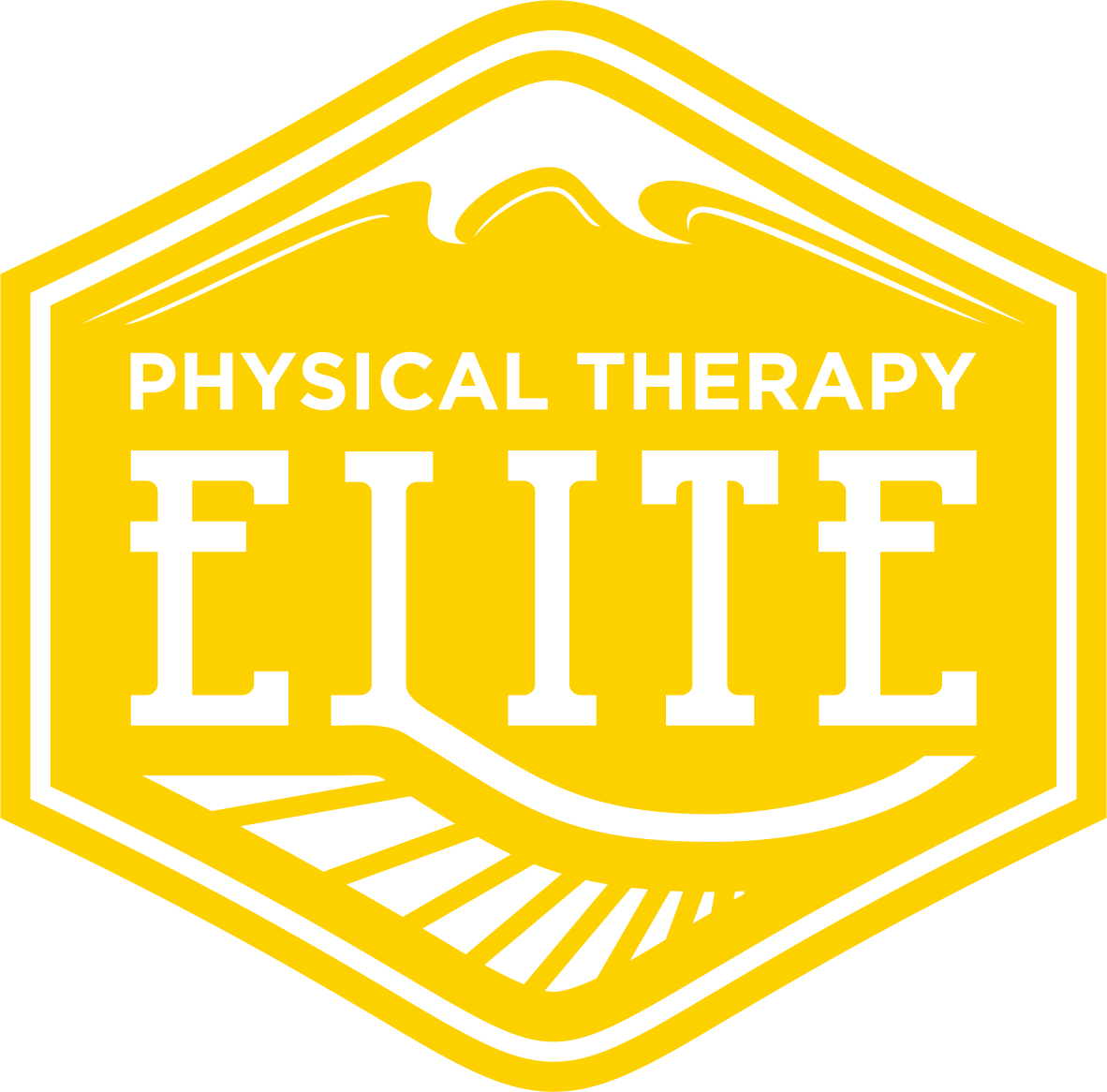It’s the New Year! A time when people make new resolutions for positive changes in their lives, or seek new adventures for personal growth and exploration.
Setting goals is a wonderful thing that can give you motivation and a new sense of purpose to your everyday actions. However, oftentimes these resolutions can be made off the cuff, or because it’s something “everyone should do”. I’m sure you have experienced a failed New Year’s resolution in some way or another. Below are 5 steps to help you set and achieve your goals for the new year. The focus of this exercise will be on athletic goals, but these principles should apply to all areas of life.
Take a 30,000 ft view
The start of a new year or training season is the perfect time for reflection. YES! The first step in looking forward is actually looking backwards. Reflect on the previous year’s training and results. Were you consistent with training? Or spotty due to poor planning, sickness, injury, etc. Were you happy with your racing performance? If not, what could you have done better to prepare? What areas of fitness, nutrition, strength, or recovery need to be addressed? Were you healthy and injury free? If not, what can you do to rehab from that injury and decrease your risk for future injury? Did you get burnt out on training and racing? How can you plan your season better to allow for recovery, adaptation, and development of fitness? Write these things down to see if a pattern develops, this will help guide you on areas for improvement throughout the upcoming season.
Set realistic goals
Now that you’ve reflected on the previous season, we can set our sights forward. What do you want to accomplish? What have you been itching to try? What are you passionate about? These are great questions to get the ball rolling and maybe earmark some events, races, or personal projects. With the highs, lows, and areas for improvement fresh in your mind, ask yourself if these new goals are realistic? Can you achieve them in a healthy and sustainable way while still getting enjoyment and fulfillment out of it? Are your time goals appropriate for your level of fitness and experience? Is you work and family life able to sustain the training required for this new venture? Setting realistic expectations is important so that you are not overwhelmed by a monumental task, or crushing your self confidence by not meeting your projected outcome. However, you also don’t want to set the bar too low. If the goal is too easy, motivation to push beyond your current limits or reach outside your comfort zone wanes, and the personal growth and satisfaction of accomplishing a big, shiney goal is marginalized.
Make a plan
When taking on any big project, you need a plan of attack. When building a house, things a done in a particular order to ensure a quality finished product. The same should go for planning your athletic season, look at where you want to go and make a plan on how to get there. Break up the season into smaller more manageable chunks. Create stepping stones that will help you reach your big goal of the year. By intelligently planning some stepping stone events earlier in you season you can more accurately gauge how your fitness is improving, and assess what still needs work. As the saying goes….A failure to plan is a plan to fail.
Consistency and sustainability
We’ve taken the 30,000 ft view, now let’s take the 1,000 ft view. Instead of looking at the season as a whole, think in terms of a typical training week. It is important to create a weekly training plan that is sustainable for your current life situation. Make a weekly plan that you think you can perform 50 weeks a year, taking into account work, family, and other obligations and use this as a guide. One of my favorite sayings is “consistency trumps intensity”, and nothing is more true in this case. You will make greater improvements in fitness by linking together days, weeks, months, and years of consistent training, compared to 6 months of crazy intense training that leaves your work/family life strained, or taking time off for illness/injury.
Trust the process
If you follow these steps, then you have set the stage for a great season. Now you have to execute the plan and trust in your training. If you put in the work, TRUST that your body will make the adaptations necessary to achieve that big shiney goal of yours!
Following these steps will help put you in a great position to attain your goals for 2019. If you need further guidance on training, injury management, or goal setting, please let us help!

